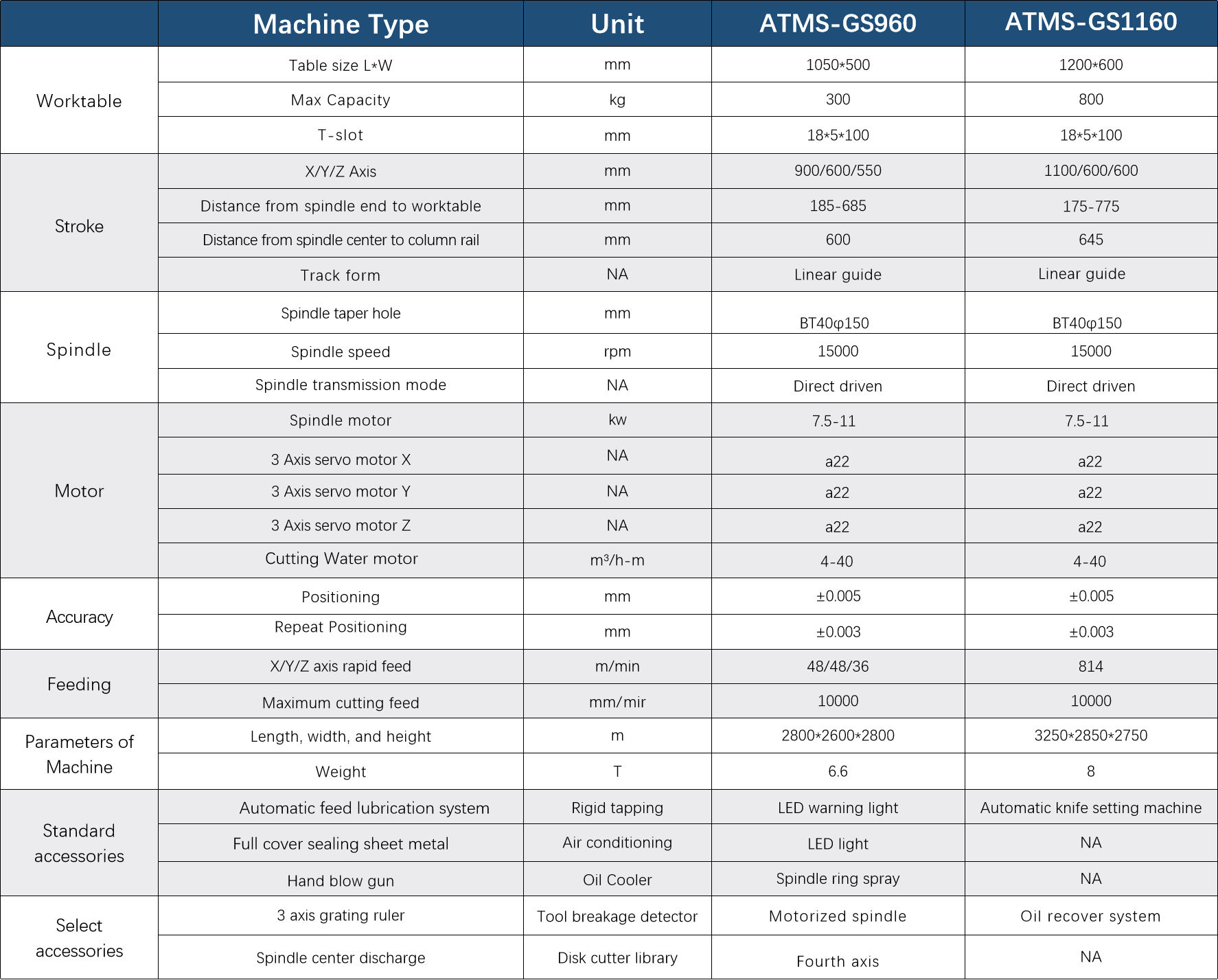High-speed cutting allows the use of a larger feed rate, which is 5 to 10 times higher than conventional cutting, and the material removal rate per unit time can be increased by 3 to 6 times. When machining parts that require a large amount of metal removal,the processing time can be greatly reduced.
Because the cutting tool excitation frequency is far away from the natural frequency of the process system when rotating at high speed,it will not cause forced vibration of the process system and ensure a better processing state. Because the cutting depth, cutting width and cutting force are very small, the tool and work piece deformation is small, the accuracy of the size is maintained, the cutting failure layer is thinned, the residual stress is small, and the high-precision and low-roughness machining is realized.
High-speed cutting machining is a high-tech for the 21st century, it with high efficiency, high precision and high surface quality as the basic characteristics, in the automotive industry, aerospace, mold manufacturing and instrumentation and other industries have been more and more widely used,and has achieved significant technical and economic benefits,is an important part of contemporary advanced manufacturing technology.
Due to the extremely shallow cutting depth and narrow cutting width of high-speed cutting,the cutting force is small,compared with conventional cutting, the cutting force can be reduced by at least 30%,which can reduce the processing deformation of parts with poor rigidity,making it possible to cut some thin-walled fine work pieces.
Conventional cutting can not be processed after quenching material, quenching deformation must be manually trimmed or solved by electrical discharge machining. High-speed cutting can directly process the quenched material, in many cases can completely eliminate the discharge machining process, eliminate the surface hardening problem caused by the discharge machining, reduce or eliminate the artificial finishing. Due to the characteristics of high-speed cutting determines that high-speed cutting can save cutting fluid, tool materials and cutting hours, which can greatly save natural resources and reduce environmental pollution, improve productivity and product quality, therefore, high-speed cutting in industrial production, especially large-scale automobile enterprises and related mold manufacturing applications have a "prairie fire" trend.
